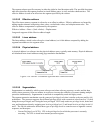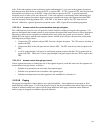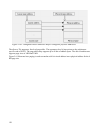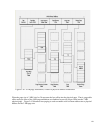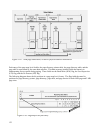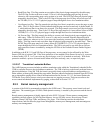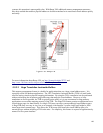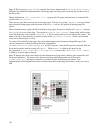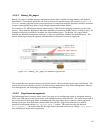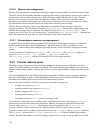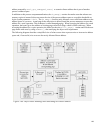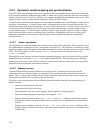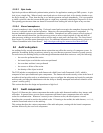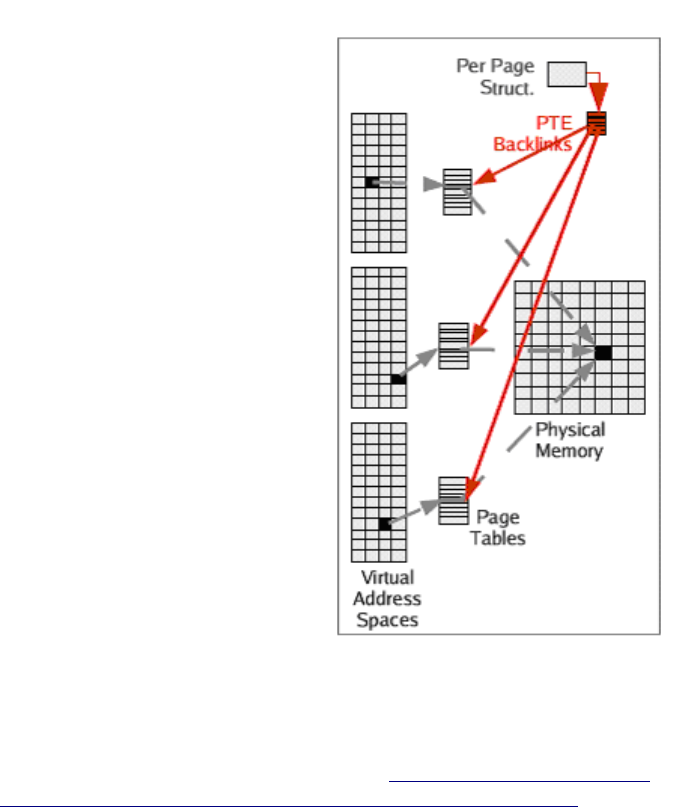
systems, this operation is unacceptably slow. With Rmap VM, additional memory management structures
have been created that enable a physical address to be back-translated to its associated virtual address quickly
and easily.
For more information about Rmap VM, see http://lwn.net/Articles/23732/ and
http://www-106.ibm.com/developerworks/linux/library/l-mem26/.
5.5.3.3 Huge Translation Lookaside Buffers
This memory management feature is valuable for applications that use a large virtual address space. It is
especially useful for database applications. The CPU Translation Lookaside Buffer (TLB) is a small cache
used for storing virtual-to-physical mapping information. By using the TLB, a translation can be performed
without referencing the in-memory page table entry that maps the virtual address. However, to keep
translations as fast as possible, the TLB is typically quite small, so it is not uncommon for large memory
applications to exceed the mapping capacity of the TLB. The HugeTLB feature permits an application to use
a much larger page size than normal, so a single TLB entry can map a correspondingly larger address space.
A HugeTLB entry can vary in size, but, as an example, in an Itanium 2 system a huge page might be 1000
times larger than a normal page. This allows the TLB to map 1000 times the virtual address space of a
normal process without incurring a TLB cache miss. For simplicity, this feature is exposed to applications by
means of a file system interface.
125
Figure 5-65: Rmap VM



